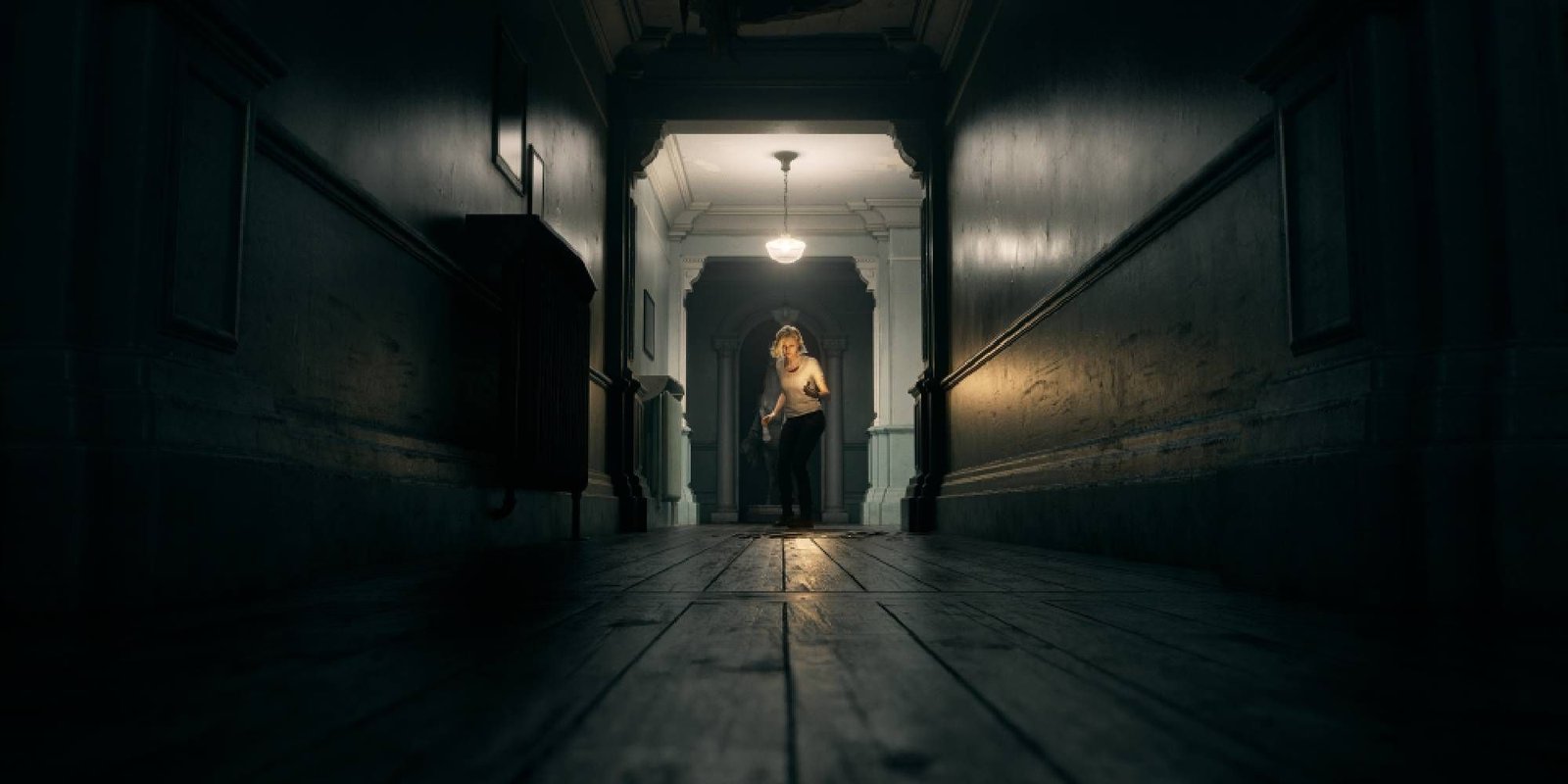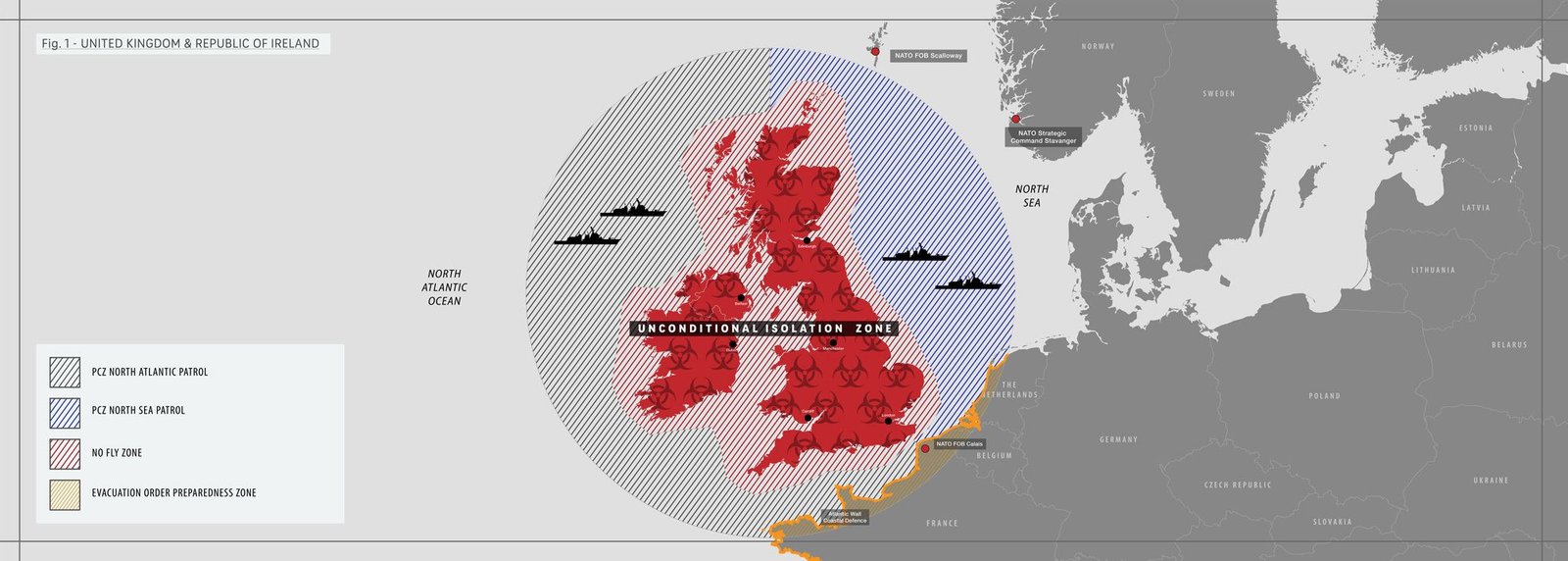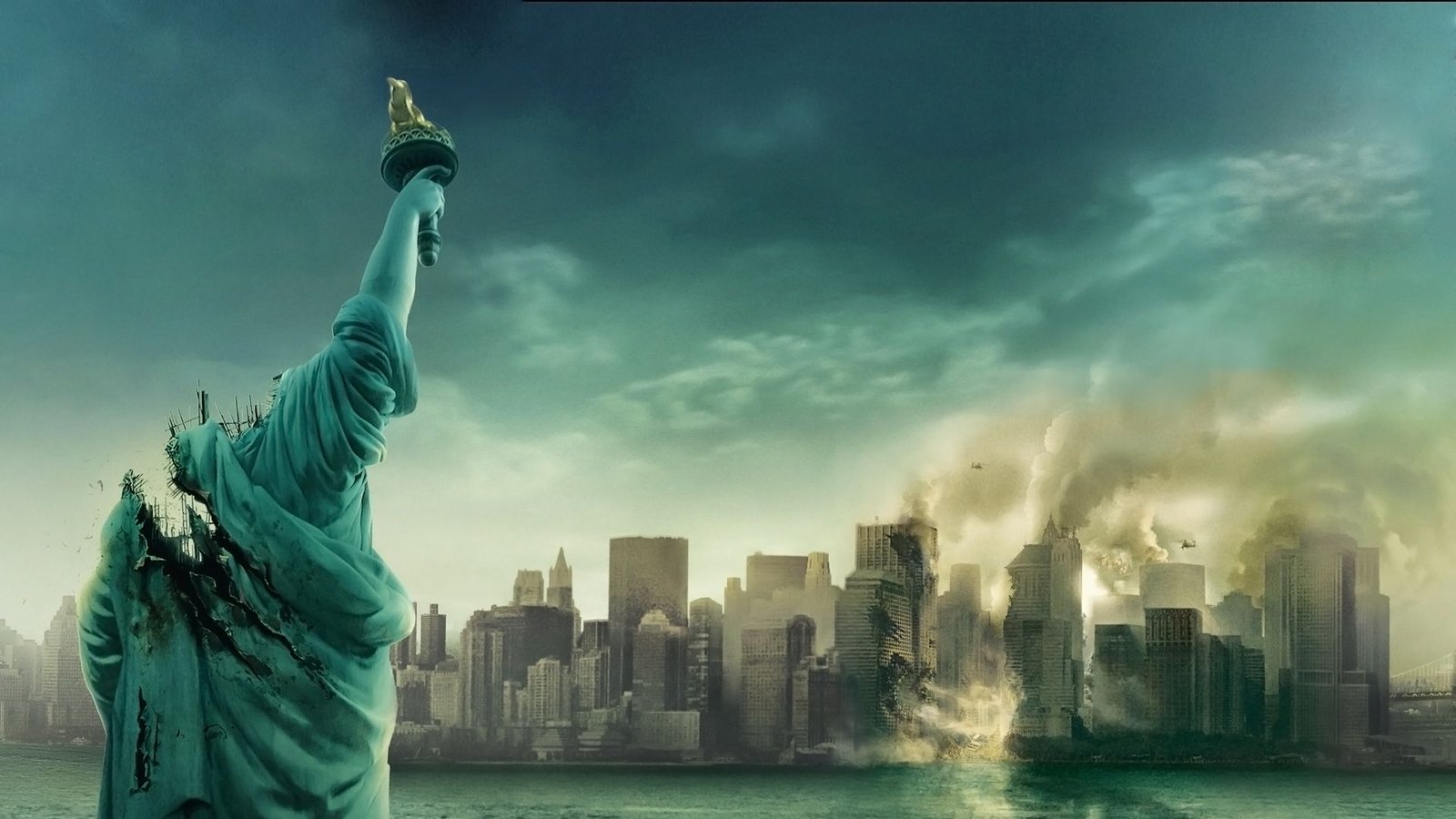28 Years Later arrives in cinemas this week and personally, it’s one of my most anticipated films in recent memory. I don’t watch as many movies as I should, but I’ve always been fascinated by director Danny Boyle’s particularly British take on the zombie apocalypse. 28 Days Later is one of the most iconic horror films ever made, while its underappreciated sequel proved to be a compelling spin on repopulating a once broken country before it falls apart.
As the title suggests, 28 Years Later takes place almost three decades after the last film and is intended as the first in a trilogy by Danny Boyle and Alex Garland. The United Kingdom is still under lockdown, with the nation’s population decimated by a deadly rage virus that still lingers within its towns and cities. In order to escape and build a new society with some semblance of law and order, a community has formed over the years on the isolated isle of Lindisfarne, with just a single, often undertide, road leading back to the mainland.
While the series didn’t need further sequels, it’s a wonderful setup that evolves not only the rage virus itself, but how the wider world reacted to a viral outbreak that could have spelt the end of humanity if not contained. Now, days ahead of the release, a website has appeared with nuggets of new information I was so excited to dig into.
28 Years Later Is Already A Masterclass In Viral Marketing
RageLeaks.net first surfaced online last month with the release of the second trailer, and has been styled as a website since the beginning of the millennium. It’s made up of nostalgically plain text, simplistic hyperlinks, and only a handful of images found in its mixture of red, blacks, and whites. It’s instantly striking, and the fact it needs a password to access that users will need to seek out themselves makes it feel like a forbidden act long before you’ve discovered the secrets it harbours.
The password is ‘mementomori’ if you want to take a look at things for yourself.
At the top of the website sits a timer for how long it’s been since the outbreak began, ticking on in real time as you browse. Beyond this is a long list of files you’re able to peruse, such as a text entry titled ‘Narrows’ which touches on the 20 miles of ocean seen between Dover and Calais, which is all that separates continental Europe from devastation.
It reveals the existence of the Atlantic Wall, a structure that was erected to block Britain off from the rest of the world after an initial wave of infection reached Europe, hopefully a nod to the ending of 28 Weeks Later that was never followed up on. You also have brief snippets of audio recorded from the doomed nation, aerial infrared pictures of infected and poor-quality surveillance images that appear to tease the island on which the film takes place. There is so much lore here to unpack, and as a giant nerd, connecting the dots and how they align with the rest of the universe is so much fun.
Speaking of lore, there will also be new variants of infected in the upcoming film, with email chains on this website hinting that decades of existence have allowed the virus to flourish. I’m still wondering how the infected managed to overcome starvation, and whether it will be discussed in the narrative, since it currently stands out as a pretty glaring plot hole. It’s such an original tangent of zombie fiction and I want the U-turn to feel justified.
And It’s Reminding Me Of The Viral Blockbusters That Came Before
When I stumbled upon this website built to promote 28 Years Later, it immediately brought to mind how Cloverfield implemented many of the same tactics way back in 2007. A teaser for Matt Reeves’ monster movie first debuted during early screeners of Transformers with little more than a date attached to it. No title, no footage of the alien monster that would come to define it, just a date, a url, and curiosity spurring it onward toward success.
MySpace profiles were set up for all of its main characters made up of unknown actors and fake news bulletins, image boards, and forums were discovered which hinted at how many in-universe corporations were responsible for raising this beast from its slumber. There’s an excess of great videos out there unpacking everything, but even as a kid I remember being enamoured by how Cloverfield was presented to the public, and how something as simplistic as a monster movie could be so much more inviting with a bit of creativity.
Cloverfield’s status as a found footage film framed as a classified government asset only exemplified the idea that we were piecing together a mystery with real consequences.
Producer JJ Abrams would try and continue this strategy in 10 Cloverfield Lane and The Cloverfield Paradox in the years that followed, but it became increasingly clear that instead of allowing viral mysteries to unfold around original stories, he took neglected spec scripts and found a way to shoehorn the Cloverfield universe into them. It didn’t feel natural even if hardcore fan communities still wanted to dig into every little thing. 10 Cloverfield Lane is an excellent thriller even without such a connection, while Paradox is only worth watching due to its association. It all began with Cloverfield however, a relatively low-budget effort which understood how the growing online world was the perfect backdrop for modern marketing.
28 Years Later feels like a natural evolution of that formula, giving power to its audience as they naturally stumble across information on the overarching narrative that makes them so much more willing to buy tickets and rock up to the cinema. I’m right there with them, and I will always prefer creative marketing campaigns like this over desperate attempts at making memes go viral on Twitter. Make us care about the universe outside the intended context and your film, show, or game is bound to stick in our memories forever.

Next
I Saw Resident Evil Requiem Gameplay, And It Looks Like All The Best Parts Of 7 And 2 Remake Combined
A short look at Resident Evil Requiem proved Capcom hasn’t lost its touch for building incredible tension in the mundane.

